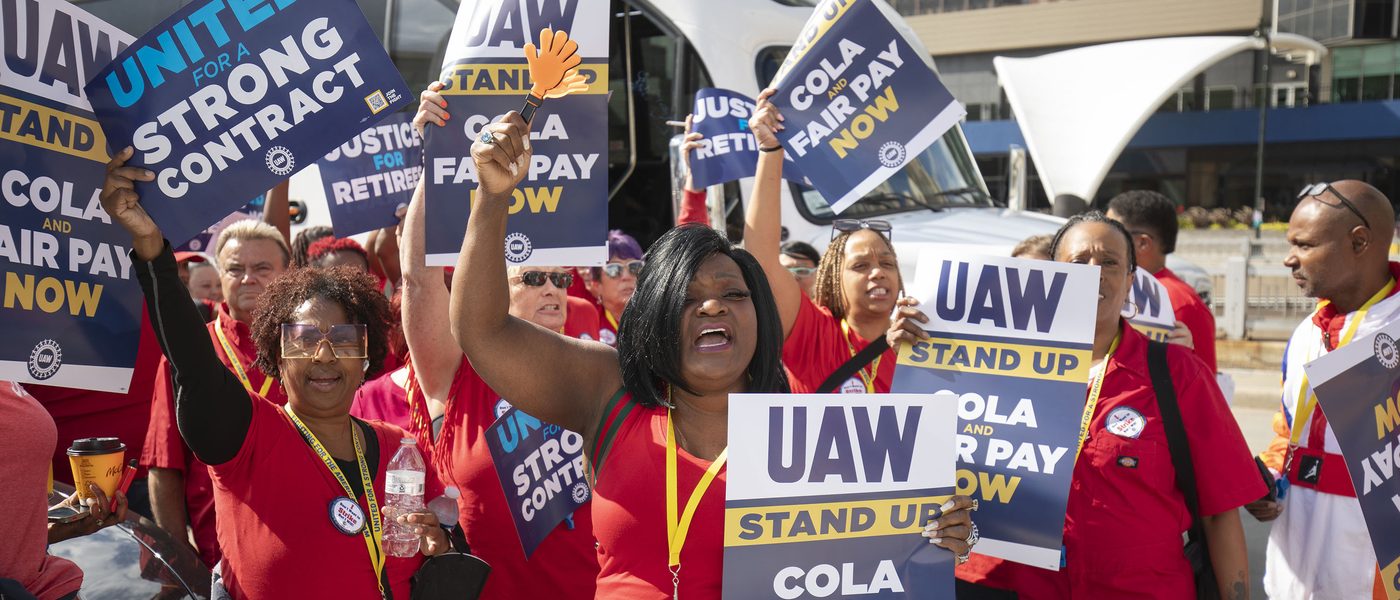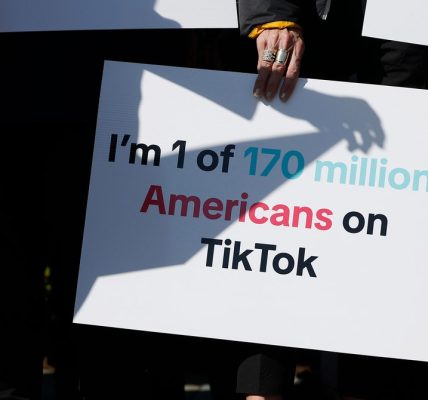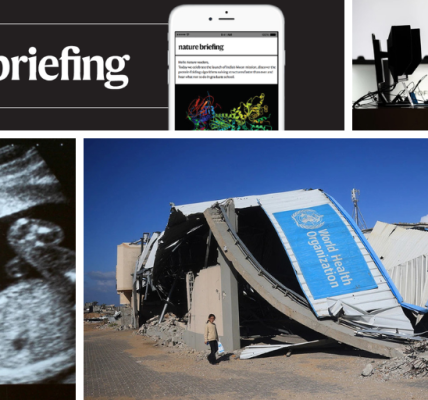The UAW on Strike against the Big Three: Implications for the Future of Collisionless, Autonomous, and Electric Vehicles
The United Auto Workers is on strike against the Big Three US automakers because they believe car manufacturers are using the transition to electric vehicles to undermine workers. If negotiations do not progress sufficiently by Friday the UAW will expand its walk outs.
The new assembly plants that the legacy automakers need to pull off the transition have been stood up mostly in US states hostile to union organizing, such as Kentucky, Tennessee, and Alabama. Many of these plants are not subject to union contracts because they are joint ventures between the auto and battery companies.
Concerns have also mounted about job losses after Ford’s CEO estimated that EVs would require 40 percent less human labor, although the true number remains a subject of debate. The UAW is looking for protection for members including the right to strike if a factory closes and job security provisions.
Tesla’s rise over recent years has also put ever-ratcheting pressure on the legacy automakers to cut costs. The non-unionized EV company spends less on labor than it does in the Big Three.
The company was founded in Silicon Valley and became the first automakers to envision the car as a software-first, Apple-like platform that can be modified over-the-air. The company aspires to automate its factories, and increase production of the materials it needs to build its batteries.
The Midwestern Auto Workers are Standing Up and Willing to Join the UAW’s Strike Towards a 20% Increase in Wage Rates
So far, the companies have failed to present wage offers that the union sees as adequate, though the automakers say they’ve already put generous offers on the table. The UAW is looking for a 40% pay increase over the course of the contract.
A group of workers who walked off the job last week after the union’s contracts expired are expected to be joined by other plants this morning.
There are more than 10,000 workers at three Midwest auto plants that are on the picket line.
“If we don’t make serious progress by noon on Friday, September 22nd, more locals will be called on to stand up and join the strike,” Fain announced in a video posted to Facebook Monday night, while not revealing which plants or how many would be called on next.
Fain’s so-called “stand up” strike strategy is intended to keep Ford, General Motors and Stellantis on their toes with sudden, targeted strikes at strategic locations, rather than having all of the nearly 150,000 UAW auto workers walk off their jobs at once.
Most of the roughly 2,000 unionized workers at the Fairfax assembly plant have been laid off due to the UAW strikes. The other two companies have also announced temporary layoffs at a smaller scale.
The restoration of pension and retiree health care are two of the key economic issues that continue to divide the two sides. The UAW says it wants to make up for concessions that propped up the automakers during the 2008 financial crisis — the effects of which workers still feel to this day.
Gil Ramsey, a Ford employee who is on strike in Wayne, Mich., said that the employees haven’t had a raise in years. We haven’t got that back yet, because we gave up when the company was down on its luck.
The internal combustion engine ruled the 20th century. In the 21st, electric motors and automation are reshaping the way stuff and people get around. The workers are not happy about how the project is going.
When new technology is introduced into a mature industry, it can be used to undermine strong collective bargaining contracts.
There are joint ventures by Ford, General Motors, and Stellantis with South Korean companies to make components for electric vehicles. The plants aren’t covered under the UAW’s existing contracts, and the union says workers risk exposure to dangerous chemicals and receive unfairly low pay.
The Teamsters union is likewise worried about job loss from autonomous trucks. Truck driving is the most common job in 29 states, says Peter Finn, a vice president for the union’s western region. This is going to have a big impact on the economy and jobs. Tuesday’s caravan to Sacramento was aimed at pressuring California governor Gavin Newsom to sign Assembly Bill 316, which would require the presence of a human safety driver in all autonomous vehicles weighing over 10,000 pounds. That would include even standard UPS or Fedex delivery trucks. According to one poll, the bill passed both houses of the Legislature with more than 95 percent support and 73 percent support among residents, but Newsom’s office has indicated he might veto it, arguing that it could stifle innovation.




